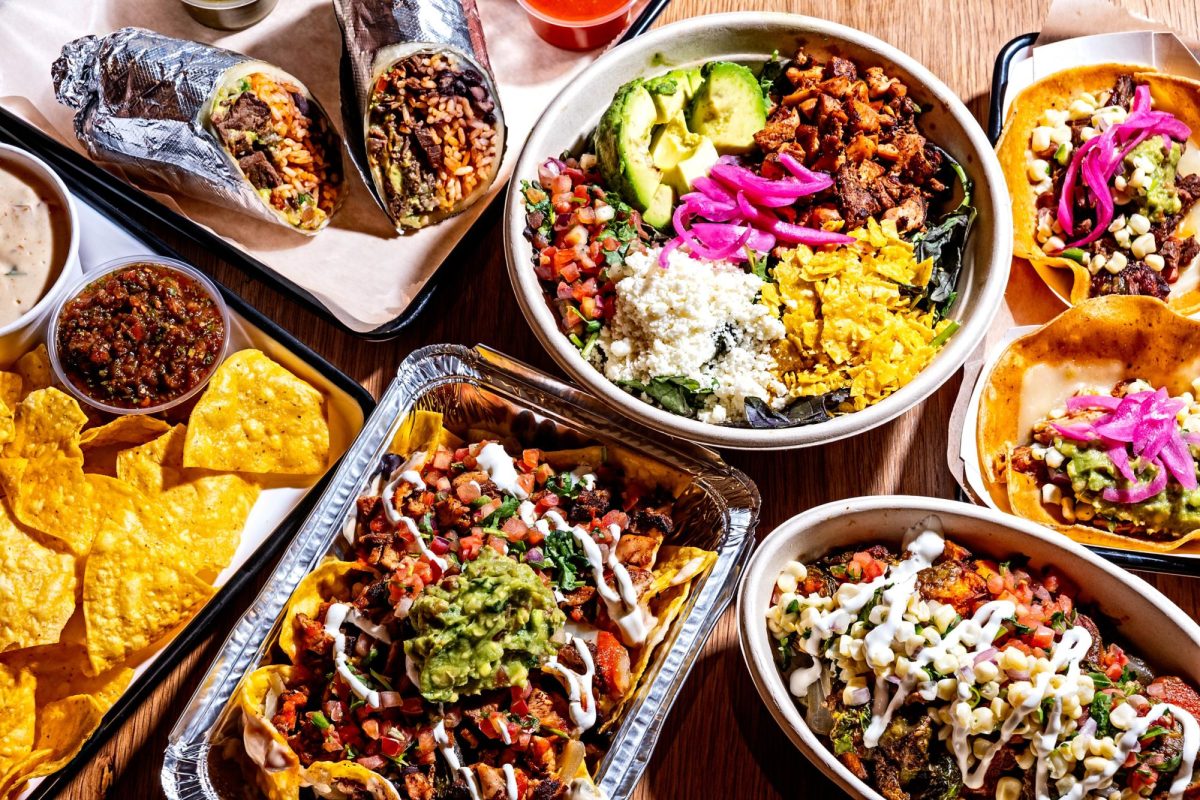Growing up with a mother as a dietitian, my relationship with food was different than most. The daily spoonful of flaxseed (not in a smoothie or muffin but straight up ground fiber) stands out the most — needless to say this tainted my palate and my childhood.
Despite this unpleasant occurrence, my mother was also passionate about cooking and proud of her heritage. This meant my brother and I became exposed to various kinds of food at an early age, like dolma, vegetables stuffed with a rice, tomato and ground meat mixture and lavash, a thin flat bread. I took for granted my mother’s ability to incorporate these various cuisines into our daily diets and the way she highlighted each food’s nutritional composition in our meals.
Most people learn the basics of nutrition from their parents or in health classes at school through the USDA’s Food and Nutrition Section service. These guidelines tend to narrow the options of nutritious foods down to a Eurocentric lens, making it difficult for minority groups to eat healthy. With a rising immigrant population and an impending search to fix America’s health problems, the USDA Food and Nutrition Service department needs to adjust their guidelines to create an environment that is more welcoming and accepting of all cuisines.
The USDA’s dietary guidelines limit our understanding of healthy food by emphasizing Eurocentric cuisine and foods that we need to incorporate into our diet. For one, most of the meals displayed within the guide consist of salads, salmon, oatmeal — the typical essential healthy foods constantly promoted on your social media timeline. However, while all rich in antioxidants, protein and other valuable nutrients, they don’t consider preferred foods that are essential to different cultures.
The board that establishes these guidelines consists of 14 members, and for the recent guidelines, only two members were people of color. This lack of representation is equally, if not more, detrimental since it leaves out a group of people that are notoriously known for having issues with weight due to systemic injustices.
Tanisha Gordon, a black woman working at an IT company in Washington, D.C., routinely experiences this dilemma. Gordon’s confusion surrounding the immense popularity for cottage cheese or salads, which she attributes as white people food.
“For me personally, that’s like a white person’s food,” Gordon said. “A lot of the mainstream stuff that’s advertised comes across as being for white people.”
“White culture has taken the power to define all things good as white, and all things white as good,”Baruch Ben-Yehudah, a black restaurateur, said. This can be seen as degrading to many cultures. This is exemplified in the case of one individual who ate Trinidadian cuisine as a child, but never saw the cuisine in any nutrition textbooks.
This can be perpetually harmful, especially when considering the erasure of history. Food and cuisine represents culture, history and identity. Further, by looking at food through this narrow lens, there is a lack of accountability around why some minority cuisines might be considered unhealthy. This can be exemplified with the unsuccessful case of Lucky Lee’s and the creation of soul food.
The incorporation of more cuisines also promotes a more diverse diet, which experts claim can improve ones’ health. The USDA Food and Nutrition Service Department needs to incorporate other dishes with their promotion of healthy food to create a welcoming community for minorities that supports inclusivity.
The American diet is notoriously chastised by other countries, and public health officials continue to scramble to diminish the steep abundance of American obesity rates. Given this, it would only serve to benefit the U.S. to adopt non-Eurocentric cuisine into their lifestyle.
Opinions expressed on the editorial pages are not necessarily those of WSN, and our publication of opinions is not an endorsement of them.
Email Gabby Lozano at [email protected].














































































































































